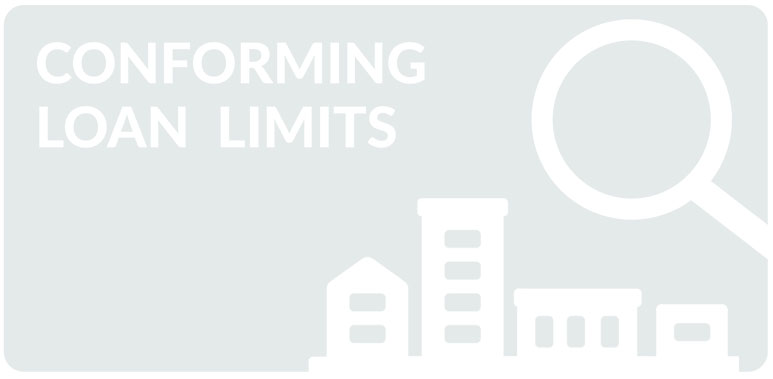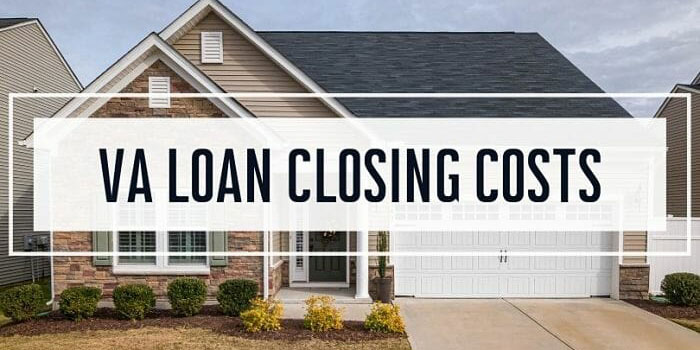Conforming Loan Limit
Jan 10, 2024 By Susan Kelly
The conforming loan limit is on the number of mortgages for which the Federal National Mortgage Association and the Federal Home Loan Mortgage Corp. will purchase or provide a guarantee. Mortgages that meet the requirements to be backed by these two quasi-government organizations are referred to as conforming loans.
Limits for the year are established by Fannie Mae's and Freddie Mac's federal regulator, which is the Federal Housing Finance Agency (FHFA), and it is announced in November for the coming year. The FHFA employs the percentage of the October-to-October of increase or decrease in the average house price, as outlined within the House Price Index report issued by the Federal Housing Finance Board (FHFB), to modify the limit of conforming loans for the next year.
Conforming Loan Limits 2022
In 2022, across most of the United States, the maximum permissible conforming loan limit for single-unit property (the base) is $647,200. This is which an increase from $548,250 is for 2021. The increase of $98,950 reflects the astonishing average growth of 18% in prices for housing from Q3 2020 until Q3 2021.
Working
Each county sets the limit for conforming loans. A majority of counties are allocated the conforming loan limit as the baseline. However, there are variations in limits for conforming loans due to regional economic differences. For instance, in regions where 115% of the area median value of a home exceeds the baseline limit, the loan maximum limit for the region will be higher. The mentioned HERA establishes an upper limit on loans in those areas as a multiplier of the median home's area value. The law also established an upper amount of 15% of the base loan limit.
Southern California, South Florida, and the greater New York metropolitan area are three regions within the contiguous region of the United States that meet the requirements for a greater limit of conforming loans. Additionally, specific statutes within the HERA establish distinct loan limit calculation methods to be applied for Alaska and Hawaii as well as in two U.S. islands: Guam and the U.S. Virgin Islands. The limits on conforming loans for these territories are typically larger than the limits of the United States because they are classified as high-cost regions.
Special Considerations
Fannie Mae and Freddie Mac are the main market makers for mortgages. The banks and other lending institutions rely on them to ensure the loans they issue and purchase loans they want to sell. The conforming loan limits function as guidelines for mortgages that most traditional lenders provide. In reality, certain financial institutions only accept conventional loans that satisfy the agency requirements.

Mortgages greater than the limits of conforming loans are referred to as non-conforming. The interest rate for jumbo mortgages could be greater than conforming mortgages. Since lenders favor conforming mortgages, a borrower whose mortgage balance is slightly higher than the limits of conforming loans must consider the pros and cons of reducing their loan's size by making a bigger down payment or by using additional financing (that is, borrowing more than one loan) to be eligible for conforming mortgages.
Advantages
For those who are consumers, conforming loans can be advantageous due to their lower rate of interest. Home buyers who are buying their first homes can benefit from Federal Housing Administration (FHA) loans; for instance, the down payment can be as minimal as 3.5 percent.
But, a buyer who pays the lowest down payment might be required to buy home insurance. The price of which will vary based on the terms of their loan. For instance, for 30-year loans that are less than $625,500 and with an LTV ratio higher than 95percent, the expense is around 0.85 percent of the amount per year.
The lenders also prefer working with conforming loans since they can be easily packaged into investment bundles and sold on markets for secondary mortgages. This procedure lets financial institutions the ability to offer more loans, and that's how it earns their income.
High-Cost Areas in 2022
Median home prices generally increased in high-cost regions in 2021, increasing the loan limit for several regions. The ceiling limit for loans in 2022 for single-unit homes in areas with the highest cost, like Alaska, Hawaii, Guam and Guam, and U.S. Virgin Islands, is $970,800 or 150 percent of $647,200.
In its announcement of these new loan limits in November, the FHFA announced that the maximum limit for conforming loans would be higher by 2022 in all counties except four. In 2021, the limit was higher in all counties except 18 counties.


Unlocking the Potential of Algorithmic Trading in Forex: An In-Depth 2024 Guide

Understanding the Transition: Credit Karma Tax Rebrands as Cash App Taxes

All You Need to Know About the Child Tax Credit

Small Business Owners vs. Self-Employed: Everything You Need to Know

Homeownership Assistance Missouri

Saving Money And Making A Budget For An Apartment

What Are VA Loan Closing Costs? Everything You Should Know

What's PMI? How To Get Private Mortgage Insurance: A Primer

Navigating Extended Tax Deadlines Across the States

